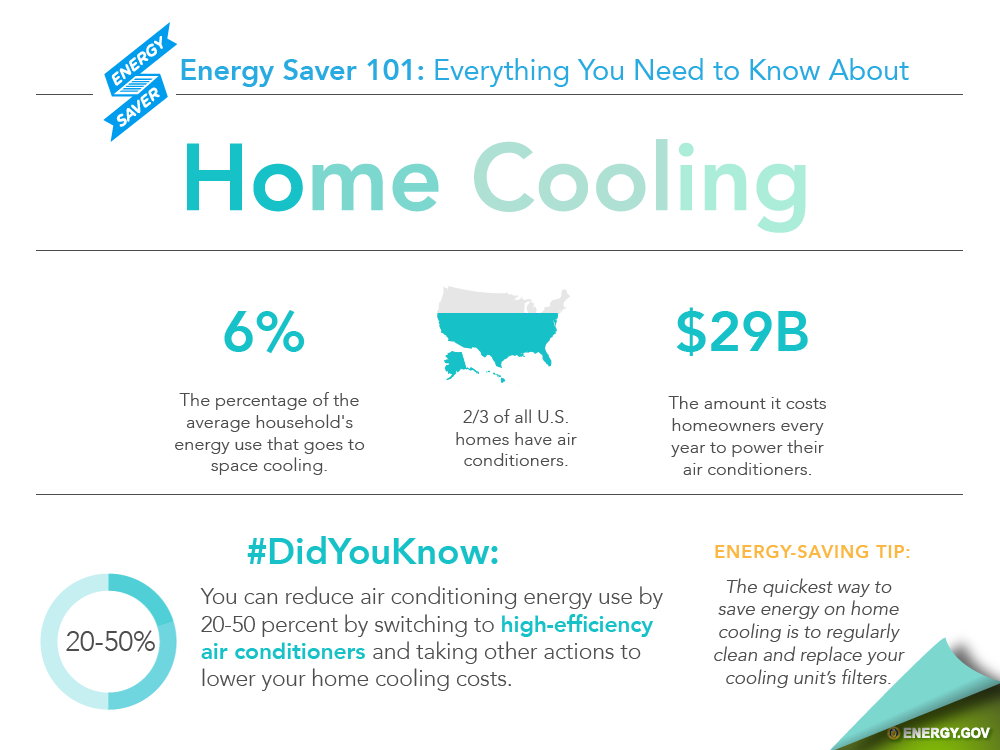The Influence Of Weather Condition On Heatpump Efficiency And Methods For Enhancement
The Influence Of Weather Condition On Heatpump Efficiency And Methods For Enhancement
Blog Article
Produced By-Bengtson Termansen
When it concerns your heatpump, weather condition plays a vital duty in its efficiency. From freezing temperatures to sweltering heat, each component can influence how efficiently your system operates. However what can you do to fight these weather-related obstacles and ensure your heatpump is working at its ideal? Keep tuned to discover useful suggestions and strategies to optimize your heatpump's performance, regardless of the climate condition it encounters.
Climate Variables Impacting Heatpump Effectiveness
Weather condition factors have a substantial effect on the efficiency of heatpump. One essential factor is temperature. Heat pumps work by moving warm from outdoors to within during winter and the other way around in summer season. As temperatures decline, it becomes harder for the heatpump to essence heat from the outdoors air, decreasing its efficiency.
More Information and facts is humidity. High moisture levels can make it a lot more difficult for the heat pump to launch warm during the cooling process.
In addition, wind speed plays a role. Solid winds can dissipate the warmth absorbed or launched by the heatpump, affecting its total efficiency.
Tips for Optimizing Heatpump Efficiency
To enhance the effectiveness and longevity of your heat pump, applying a couple of vital strategies can make a significant distinction in its efficiency.
First of all, make sure regular maintenance by cleansing or changing filters every 1-3 months to avoid airflow blockages and take full advantage of air movement. In addition, timetable annual specialist evaluations to identify and attend to any prospective issues early.
Ideal thermostat settings additionally play a vital role. During the winter season, go for a temperature level setting that's as low as comfy, and during the summer, set it as high as comfortable to reduce the workload on your heat pump. Making use of a programmable thermostat can help you automatically readjust setups based on your schedule.
In addition, sealing leakages in ductwork and protecting ducts in unconditioned areas can stop energy loss and improve general system efficiency.
Last but not least, think about mounting a wise thermostat that can learn your habits and change settings as necessary, further maximizing your heat pump's efficiency. By following these pointers, you can ensure your heat pump runs efficiently and successfully throughout the year.
Best Practices for Weatherproofing Your Heatpump
For optimum performance and performance of your heatpump, implementing weatherproofing procedures is important. Begin by sealing any voids or fractures around doors, home windows, and ductwork to prevent heat loss and maintain a constant indoor temperature.
Protect exposed pipelines and air ducts to prevent cold during cold weather and make certain correct airflow. Take into consideration installing a safety cover over the outside device to protect it from harsh weather components like snow, ice, and particles.
Frequently tidy the outside unit to get rid of dirt, leaves, and particles that can block air flow and lower performance. Furthermore, keep the area around the heat pump free from snow, ice, and plant life to enable correct air flow.
Verdict
Since you recognize just how weather influences your heat pump efficiency, you can take proactive actions to optimize its effectiveness. By following the suggestions laid out in this short article, such as routine maintenance, thermostat modifications, and weatherproofing actions, you can ensure that your heatpump runs at its ideal despite the climate condition. Stay browse this site and maintain your home comfy throughout the year.
